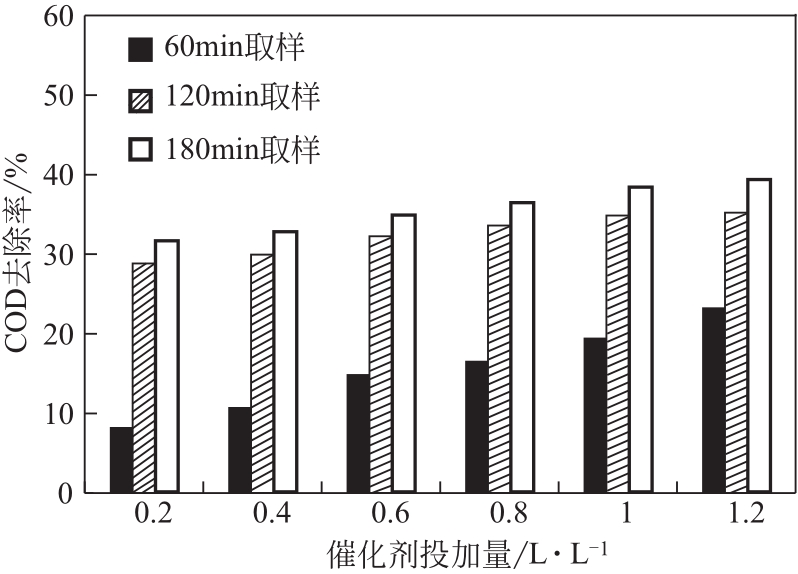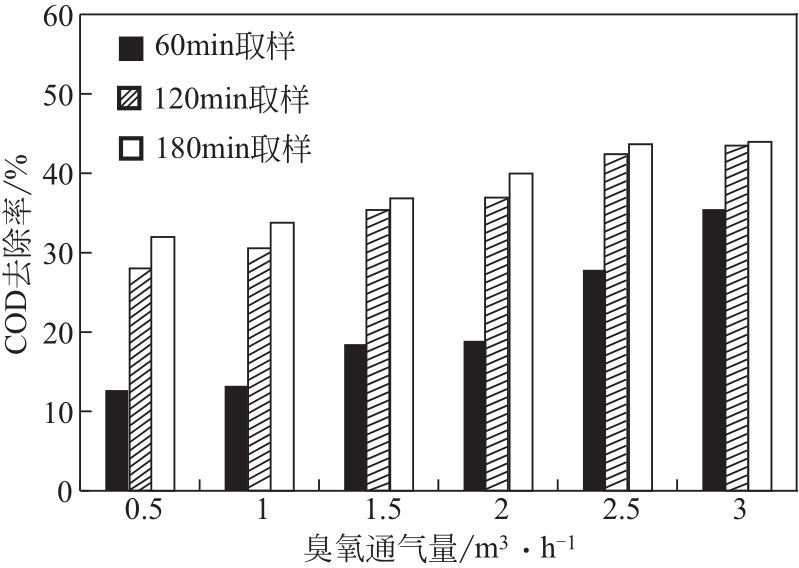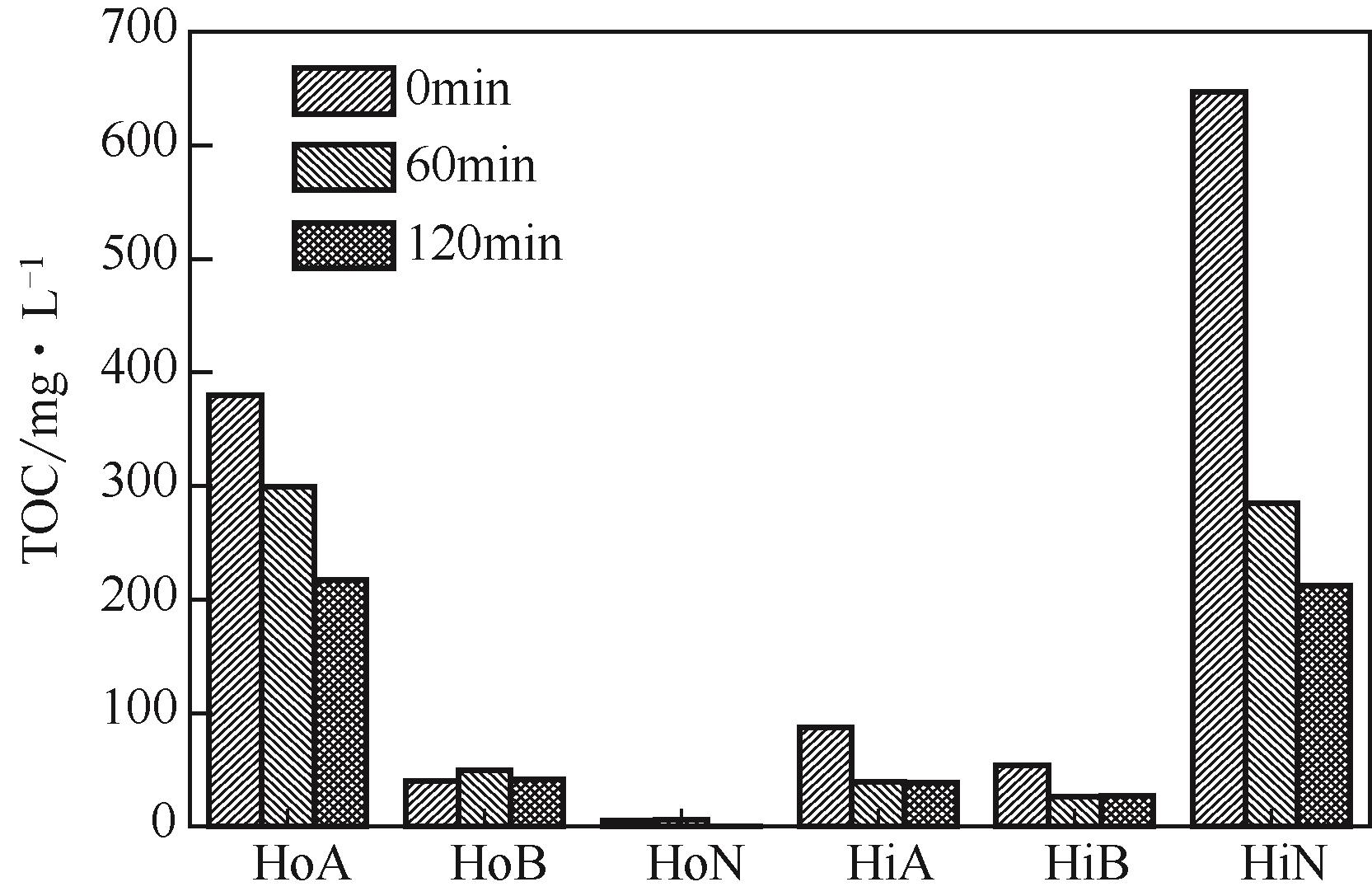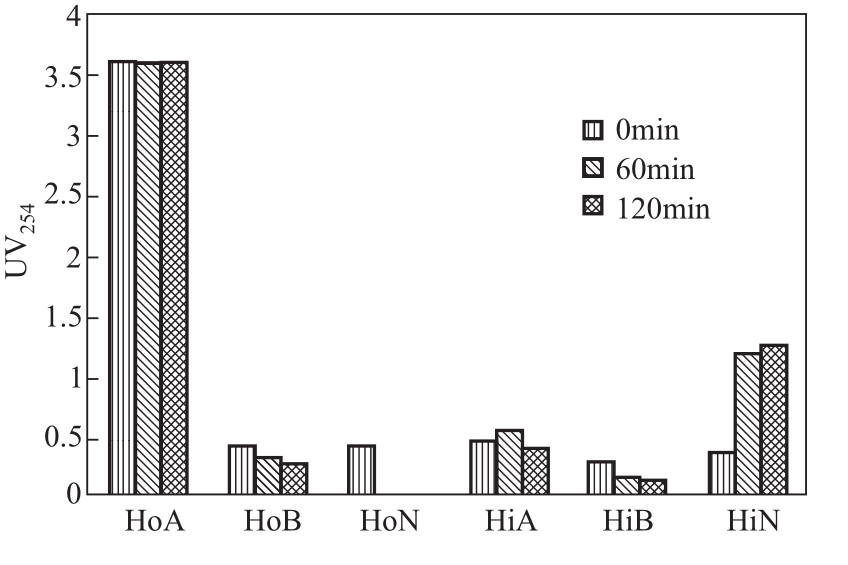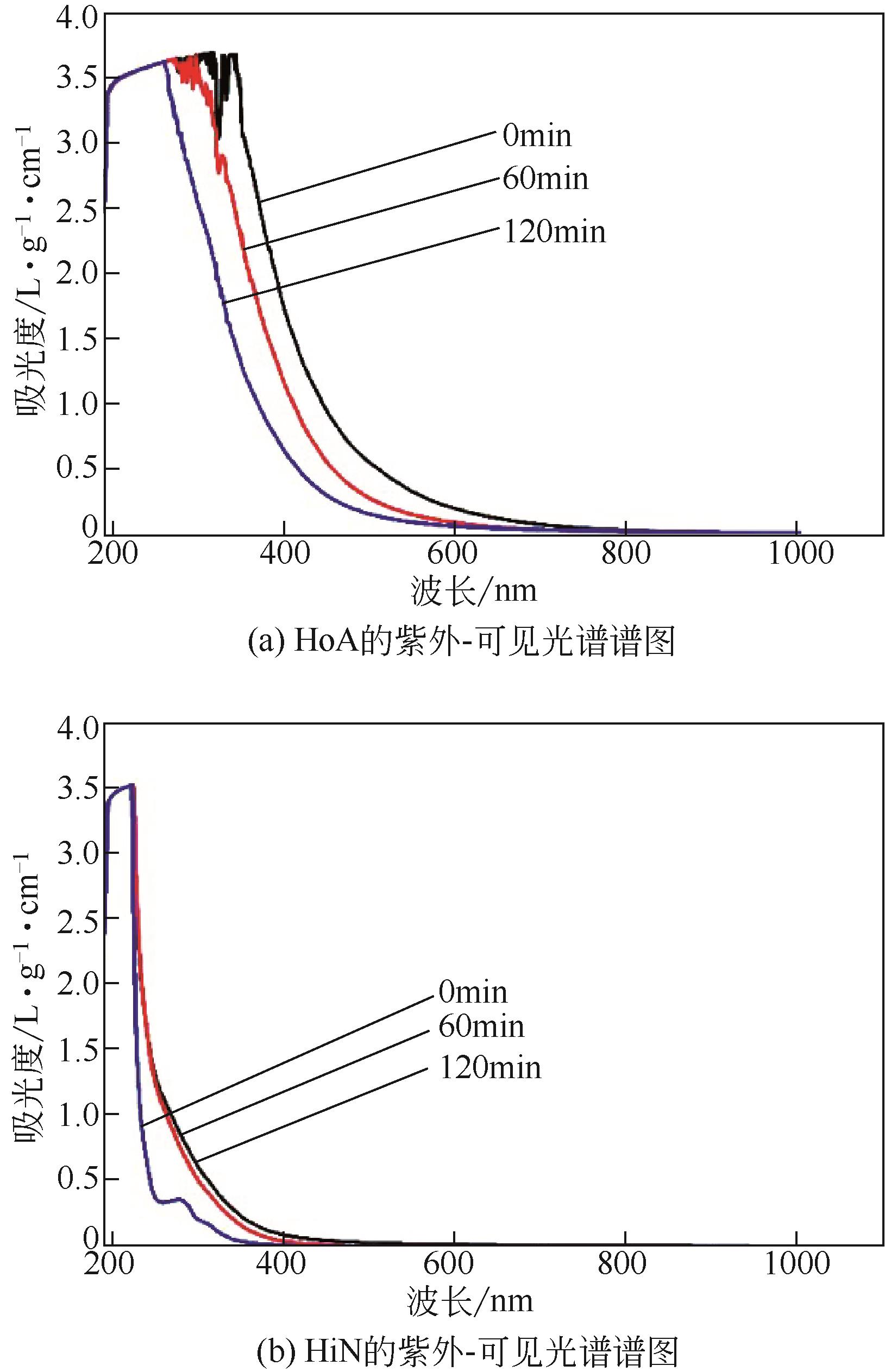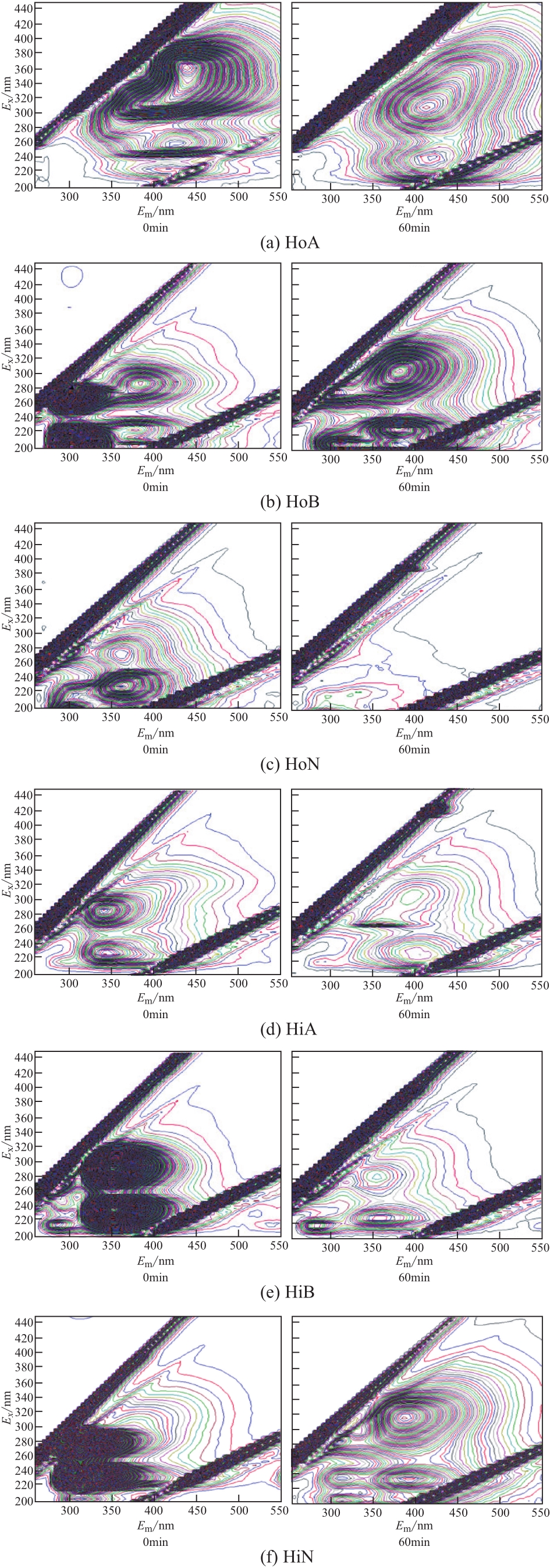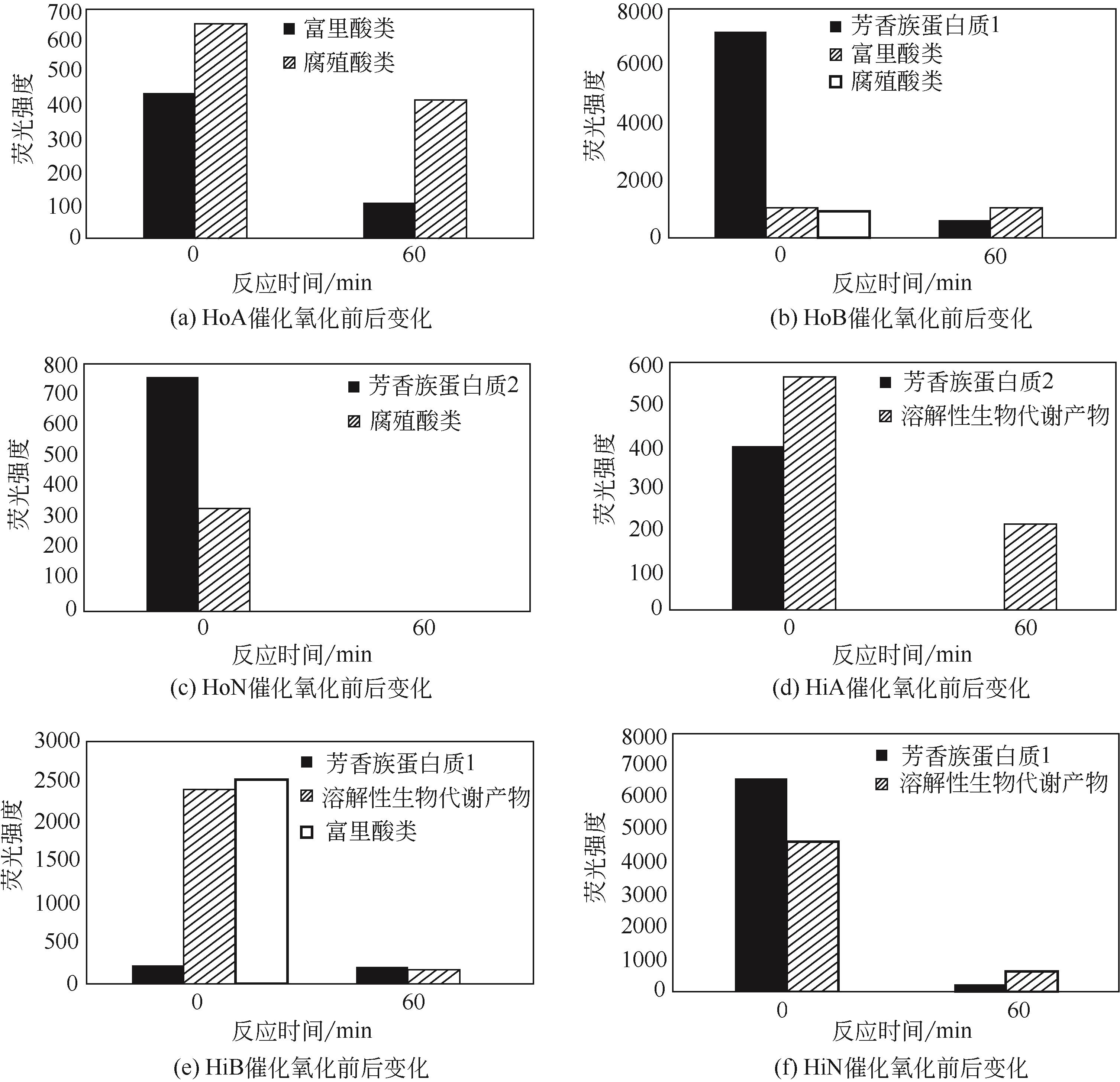| 1 |
GHOSH S, DE S. Energy analysis of a cogeneration plant using coal gasification and solid oxide fuel cell[J]. Energy, 2006, 31(2/3): 345-363.
|
| 2 |
唐楠, 王鹏, 杨宗仁, 等. 一种新疆煤固定床加压气化的实验研究[J]. 煤质技术, 2012(1): 37-39, 52.
|
|
TANG Nan, WANG Peng, YANG Zongren, et al. The experimental study of pressurized fixed bed gasification with a Xinjiang coal[J]. Coal Quality Technology, 2012(1): 37-39, 52.
|
| 3 |
GAI H J, JIANG Y B, QIAN Y, et al. Conceptual design and retrofitting of the coal-gasification wastewater treatment process[J]. Chemical Engineering Journal, 2008, 138(1/2/3): 84-94.
|
| 4 |
何斌, 王亚娥. 蒸氨-脱酚-SBR处理兰炭废水的研究[J]. 广东化工, 2009, 36(12): 140-141.
|
|
HE Bin, WANG Ya’e. Research on coking waste water treatment by distillation ammonia nitrogen-elimination phenol-SBR[J]. Guangdong Chemical Industry, 2009, 36(12): 140-141.
|
| 5 |
王伟, 韩洪军, 张静, 等. 煤制气废水处理技术研究进展[J]. 化工进展, 2013, 32(3): 681-686.
|
|
WANG Wei, HAN Hongjun, ZHANG Jing, et al. Progress in treatment technologies of coal gasification wastewater[J]. Chemical Industry and Engineering Progress, 2013, 32(3): 681-686.
|
| 6 |
王文豪, 高健磊, 高镜清. 预处理+A/O+臭氧氧化+BAF深度处理煤化工废水[J]. 工业水处理, 2019, 39(6): 103-106.
|
|
WANG Wenhao, GAO Jianlei, GAO Jingqing. Pretreatment+A/O+ozonation+BAF process for advanced treatment of coal chemical wastewater[J]. Industrial Water Treatment, 2019, 39(6): 103-106.
|
| 7 |
赵健良, 童昶, 沈耀良. 厌氧(水解酸化)-好氧生物处理工艺及其在我国难降解有机废水处理中的应用[J]. 苏州大学学报(工科版), 2002, 22(2): 84-88.
|
|
ZHAO Jianliang, TONG Chang, SHEN Yaoliang. Anaerobic(hydrolysis-acidogenesis)-aerobic process and its study and applications in refractory organic wastewater treatment in China[J]. Journal of Suzhou University, 2002, 22(2): 84-88.
|
| 8 |
邱立伟, 向光伟, 邓贤文. 水解酸化-厌氧-缺氧-好氧法处理高浓度化工废水[J]. 水处理技术, 2011, 37(12): 131-133.
|
|
QIU Liwei, XIANG Guangwei, DENG Xianwen. Hydrolysis-anaerobic-anoxic-aerobic treatment of high concentration of chemical water[J]. Technology of Water Treatment, 2011, 37(12): 131-133.
|
| 9 |
邵永康, 黄军. 水解酸化-厌氧-好氧法处理苯甲酸类化工废水研究[J]. 环境科学与管理, 2013, 38(8): 115-117, 121.
|
|
SHAO Yongkang, HUANG Jun. Research on treatment of benzoic acid wastewater by hydrolysis-anaerobic-aerobic method[J]. Environmental Science and Management, 2013, 38(8): 115-117, 121.
|
| 10 |
张文博, 刘发强, 牛进龙. 铁炭内电解法处理化工废水的研究[J]. 石化技术与应用, 2007, 25(1): 44-47.
|
|
ZHANG Wenbo, LIU Faqiang, NIU Jinlong. Chemical wastewater treatment by ferrum-carbon internal electrolysis[J]. Petrochemical Technology & Application, 2007, 25(1): 44-47.
|
| 11 |
ADAK A, BANDYOPADHYAY M, PAL A. Removal of crystal violet dye from wastewater by surfactant-modified alumina[J]. Separation and Purification Technology, 2005, 44(2): 139-144.
|
| 12 |
曾小勇, 王红武, 马鲁铭, 等. 微曝气催化铁内电解法预处理化工废水[J]. 中国给水排水, 2005, 21(12): 1-4.
|
|
ZENG Xiaoyong, WANG Hongwu, MA Luming, et al. Pretreatment of chemical wastewater by micro-aeration catalyzed iron internal electrolysis process[J]. China Water & Wastewater, 2005, 21(12): 1-4.
|
| 13 |
张俊琪, 樊金红, 马鲁铭, 等. 催化铁内电解法处理酸性化工废水后混合印染废水进行混凝处理的研究[J]. 水处理技术, 2012, 38(9): 88-92.
|
|
ZHANG Junqi, FAN Jinhong, MA Luming, et al. Coagulation treatment of printing and dyeing wastewater mixed with acid chemical wastewater after catalyzed iron internal electrolysis treatment[J]. Technology of Water Treatment, 2012, 38(9): 88-92.
|
| 14 |
SLOKAR Y M, MAJCEN LE MARECHAL A. Methods of decoloration of textile wastewaters[J]. Dyes and Pigments, 1998, 37(4): 335-356.
|
| 15 |
EL-NAGGAR M A, EL-AASAR S A, BARAKAT K I. Bioremediation of crystal violet using air bubble bioreactor packed with Pseudomonas aeruginosa[J]. Water Research, 2004, 38(20): 4313-4322.
|
| 16 |
杨静, 王建兵, 王亚华, 等. 高级氧化工艺处理煤化工浓盐水[J]. 环境工程学报, 2015, 9(8): 3680-3686.
|
|
YANG Jing, WANG Jianbing, WANG Yahua, et al. Treatment of reverse osmosis concentrate from coal chemical industry with advanced oxidation processes[J]. Chinese Journal of Environmental Engineering, 2015, 9(8): 3680-3686.
|
| 17 |
任明, 孙淑英, 金艳, 等. 催化臭氧氧化法处理煤化工高盐废水[J]. 环境工程, 2018, 36(8): 54-59.
|
|
REN Ming, SUN Shuying, JIN Yan, et al. Treatment of high-salt wastewater from coal chemical industry by catalytic ozone oxidation[J]. Environmental Engineering, 2018, 36(8): 54-59.
|
| 18 |
高珊, 周集体, 孙丽颖, 等. 臭氧氧化法处理煤化工难降解废水实验研究[J]. 辽宁化工, 2013, 42(10): 1179-1180, 1184.
|
|
GAO Shan, ZHOU Jiti, SUN Liying, et al. Experimental study on treatment of refractory wastewater from coal chemical process by ozone oxidation[J]. Liaoning Chemical Industry, 2013, 42(10): 1179-1180, 1184.
|
| 19 |
胡洁, 王乔, 周珉, 等. 芬顿和臭氧氧化法深度处理化工废水的对比研究[J]. 四川环境, 2015, 34(4): 23-26.
|
|
HU Jie, WANG Qiao, ZHOU Min, et al. Comparison study on the application of Fenton and ozone oxidation in chemical wastewater treatment[J]. Sichuan Environment, 2015, 34(4): 23-26.
|
| 20 |
陈媛媛, 陆祺, 潘爱萍. 臭氧氧化深度处理煤化工废水的应用[J]. 化工管理, 2015(7): 121.
|
|
CHEN Yuanyuan, LU Qi, PAN Aiping. Application of advanced treatment of coal chemical wastewater by ozonation[J]. Chemical Enterprise Management, 2015(7): 121.
|
| 21 |
PI Y Z, ERNST M, SCHROTTER J C. Effect of phosphate buffer upon CuO/Al2O3and Cu(Ⅱ) catalyzed ozonation of oxalic acid solution[J]. Ozone: Science & Engineering, 2003, 25(5): 393-397.
|
| 22 |
陈炜彧, 李旭芳, 马鲁铭. 铁基催化剂催化臭氧深度处理煤化工废水[J]. 环境工程学报, 2018, 12(1): 86-92.
|
|
CHEN Weiyu, LI Xufang, MA Luming. Advanced treatment of coal chemical wastewater by catalytic ozonation with iron-based catalyst[J]. Chinese Journal of Environmental Engineering, 2018, 12(1): 86-92.
|
| 23 |
ROSAL R, GONZALO M S, RODRÍGUEZ A, et al. Catalytic ozonation of atrazine and linuron on MnOx/Al2O3 and MnOx/SBA-15 in a fixed bed reactor[J]. Chemical Engineering Journal, 2010, 165(3): 806-812.
|
| 24 |
陈志伟, 汪晓军, 许金花. 臭氧催化氧化-曝气生物滤池工艺深度处理食品添加剂废水[J]. 净水技术, 2008, 27(5): 40-43.
|
|
CHEN Zhiwei, WANG Xiaojun, XU Jinhua. Advanced treatment of food additives wastewater by catalytic ozonization-biological aerated filter processes[J]. Water Purification Technology, 2008, 27(5): 40-43.
|
 ), 李阳1,2(
), 李阳1,2( ), 陈贵锋1,2, 刘敏1,2, 李文博1,2, 何毅聪1,2
), 陈贵锋1,2, 刘敏1,2, 李文博1,2, 何毅聪1,2
 ), LI Yang1,2(
), LI Yang1,2( ), CHEN Guifeng1,2, LIU Min1,2, LI Wenbo1,2, HE Yicong1,2
), CHEN Guifeng1,2, LIU Min1,2, LI Wenbo1,2, HE Yicong1,2


